Trumpeter swans visit field south of Charles City
Press Staff Report
Trumpeter swans, once abundant in Iowa, then not observed at all for 115 years, are again becoming more common.
A flock of five of the majestic white birds with black trim was spotted over the weekend in a field south of Charles City by Ken Weber, who shared some photos with the Press.
“They added more beauty to an already beautiful day,” Weber said of the Saturday afternoon encounter.
According to the Iowa Department of Natural Resources Trumpeter Swan Restoration Program, prior to the settlement of Iowa, trumpeter swans nested throughout the state. However, wetland drainage and unregulated hunting soon brought about their demise.
“The last wild nesting trumpeter swan in Iowa occurred in 1883 on the Twin Lakes Wildlife Area southwest of Belmond,” the DNR said.
The DNR began a program in 1993 to restore the birds to the state, releasing trumpeter swans that were raised in zoos around the country into Iowa wetlands.
In 1998, three cygnets hatched from a wild nesting pair of trumpeter swans in Dubuque County. This pair hatched five eggs in 1999 and five again in 2000.
Now, annual swan counts have found the birds approaching 2,000 in the state, with more than 50 nesting pairs.
The largest North American waterfowl, these birds with all-white feathers, black beaks and black feet can weigh up to 32 pounds with an eight-foot wingspan.
The DNR continues to release trumpeter swans into the wild. Last spring the DNR released 14 trumpeter swans at three locations in southwest Iowa as part of an effort to create a self-sustaining population south of Interstate 80.
Dave Hoffman, leader of the DNR’s trumpeter swan restoration program in Iowa, said the goal of a statewide self-sustaining population will hopefully be realized in the next five to seven years.
Despite conservation efforts, trumpeter swans still face some unique threats, the DNR said. As large birds, they tend to fly lower than ducks or geese and have more trouble flying into power lines, although they more successfully avoid wind turbines.
The biggest threat to trumpeter swan populations is still habitat loss, the DNR said.

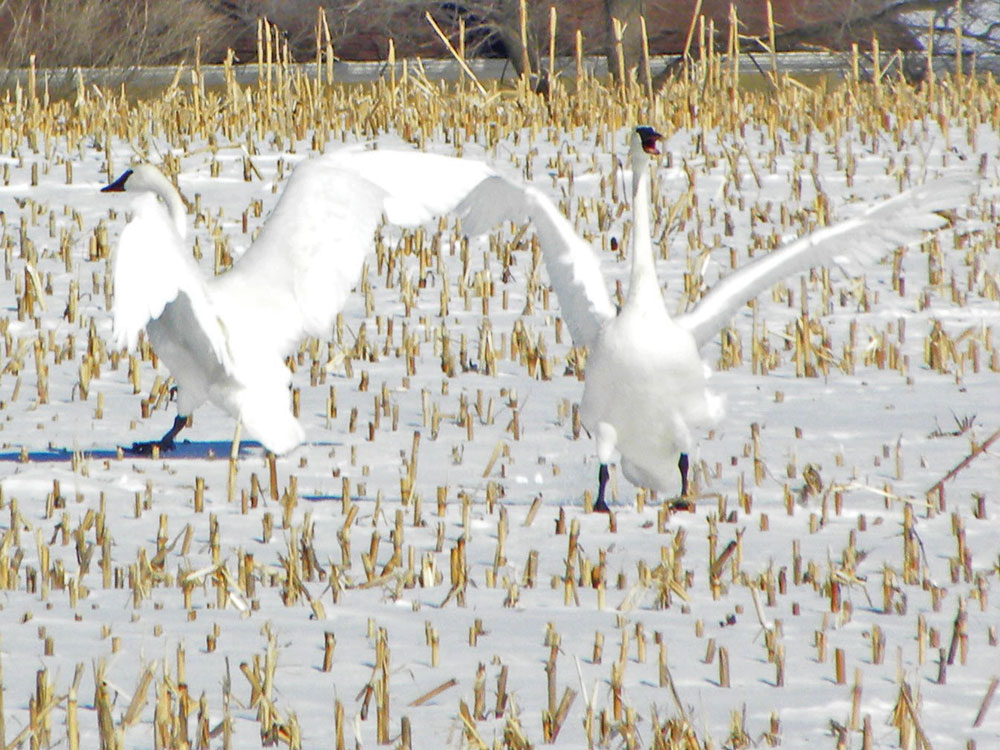
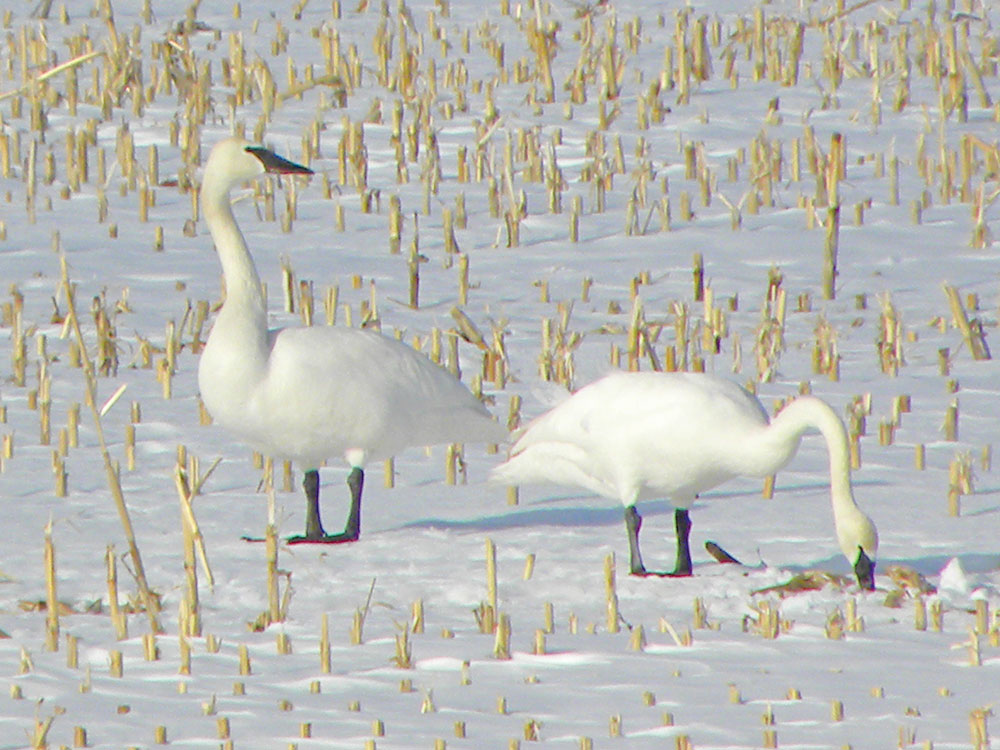

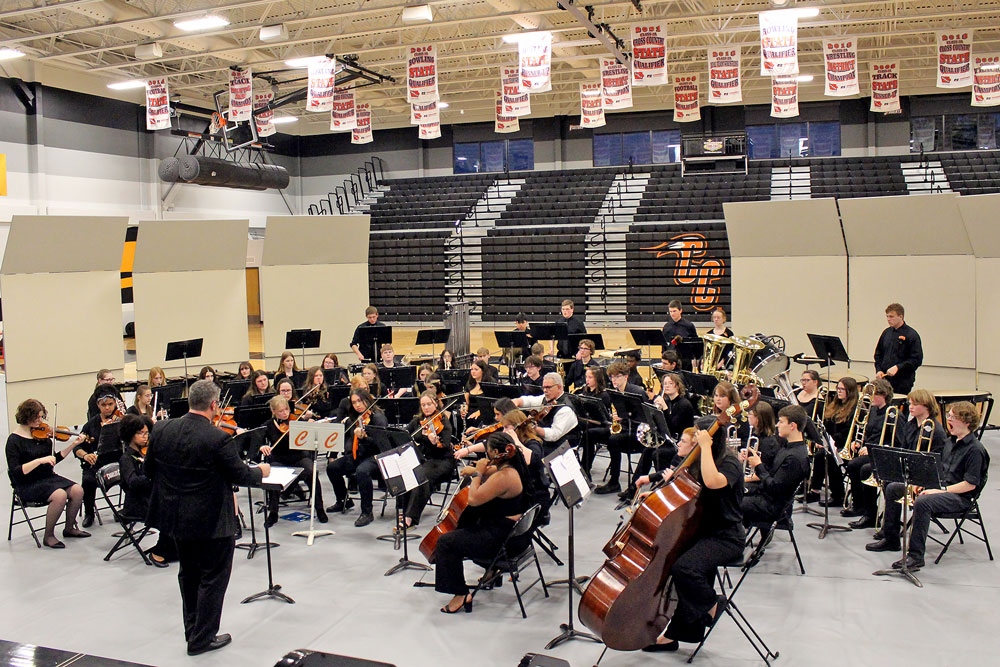
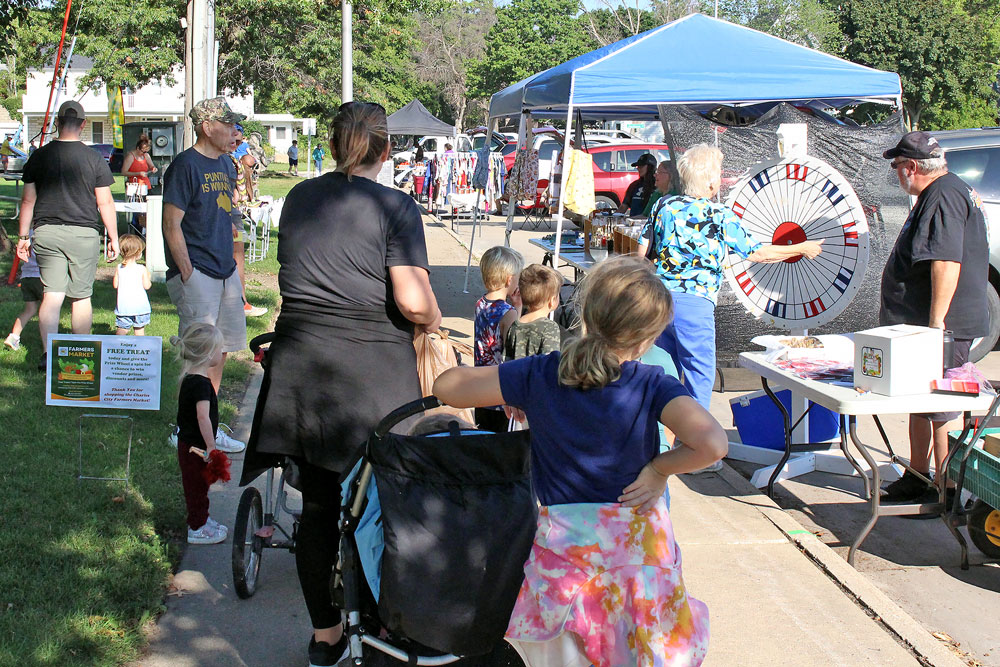
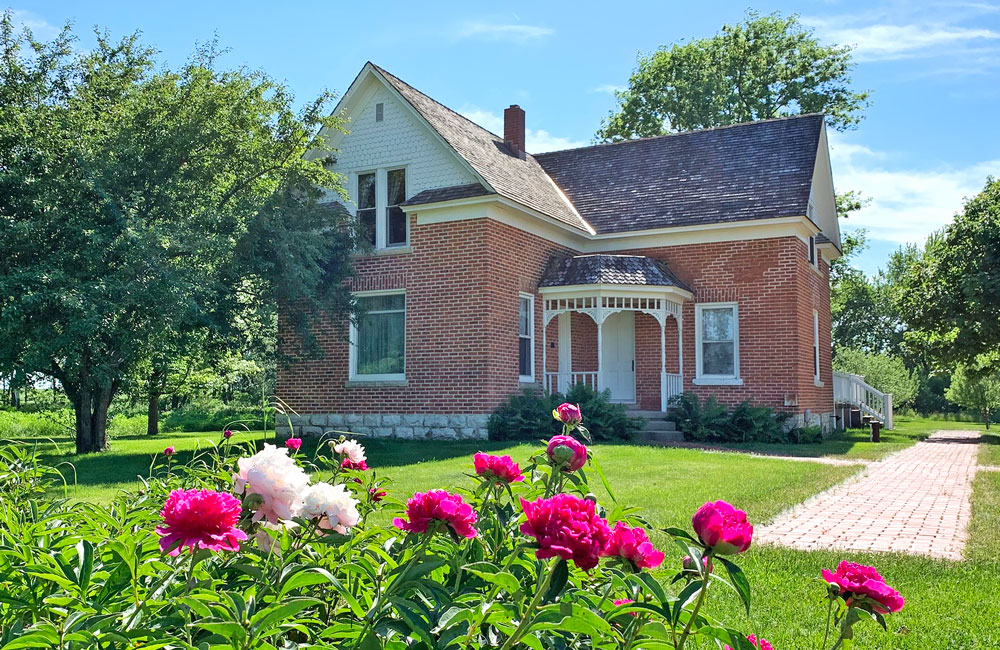



Social Share